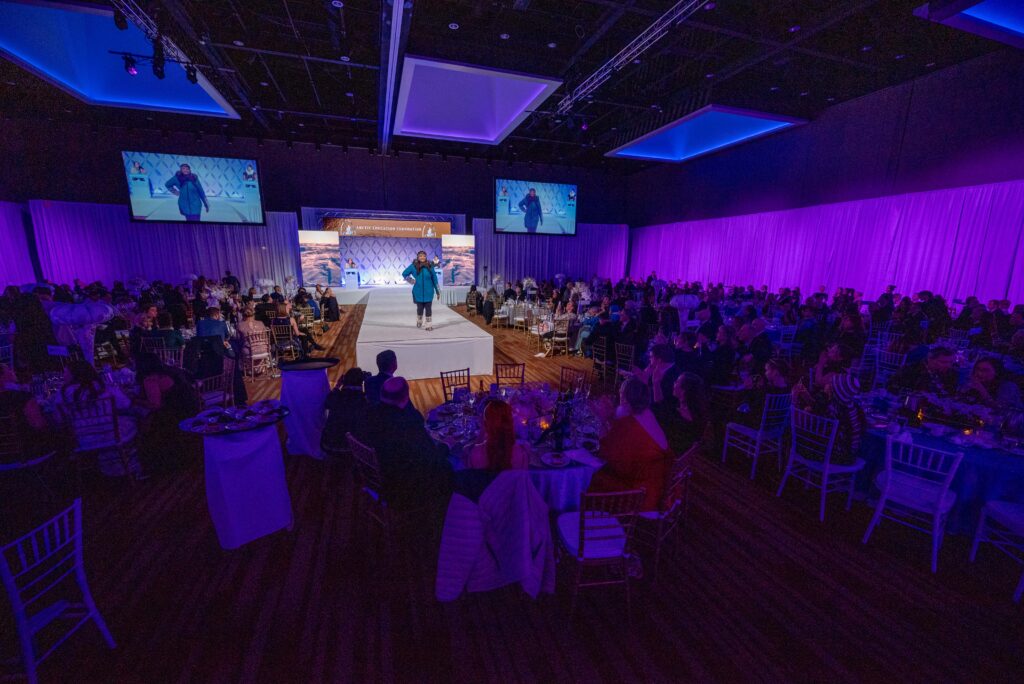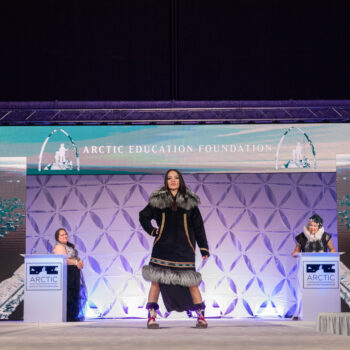
A Journey Through Fashion and Culture: Q&A With Iñupiaq Artist Britt’Nee Brower
On February 25, 2024 the eighth annual Ivalu Gala benefiting Arctic Education Foundation was held at the Dena’ina Center in Anchorage, Alaska. Guests from across the state gathered to celebrate what has become one of the most anticipated events of the year. The Gala held an Indigenous Fashion Show curated by Britt’Nee Brower.
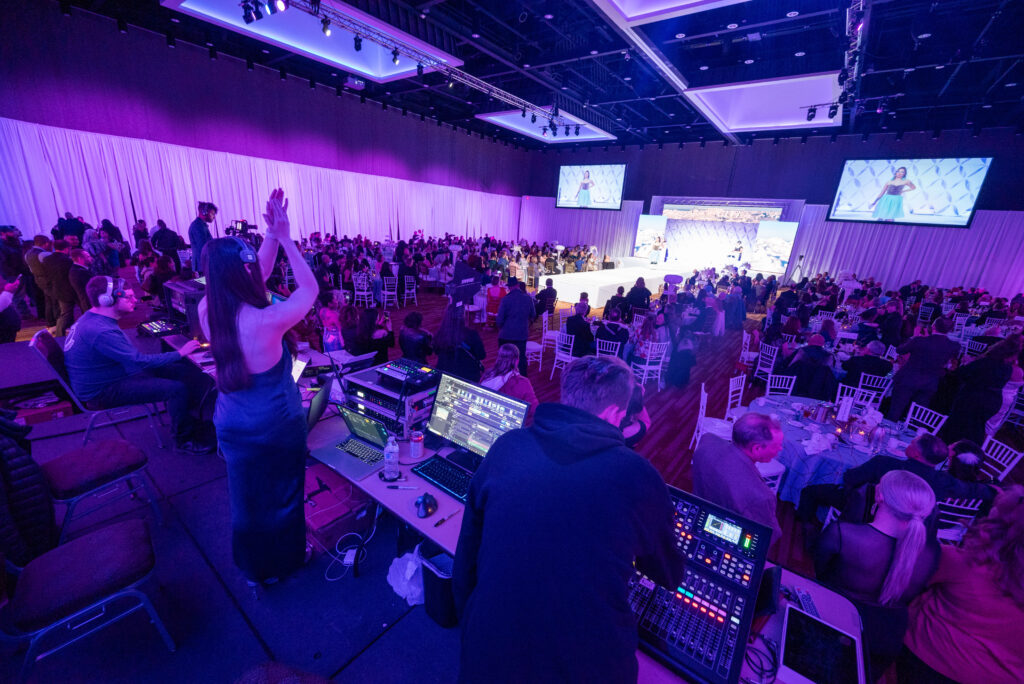
Where does your interest in Indigenous fashion derive from?
I have been involved with fashion shows in Anchorage since 2015, and have been in awe with our local designers, seamstresses and jewelry makers. I started making jewelry in 2017 and fell in love with the creation process of using our native materials to create Indigenous jewelry for everyday wear. Helping our people create a sense of cultural identity and pride while wearing our cultural clothing & jewelry has become so fulfilling to my heart and soul. I have goals to host more International Indigenous Fashion Shows in the near future. I am very fortunate to work with Toast of the Town with their experience of hosting beautiful fashion shows throughout our community.
How did the most recent Indigenous fashion show come into conception? How did it go?
The Ivalu Gala in benefit of the Arctic Education Foundation hosted a fashion show during 2022’s event and it was a huge success. This year we were able to add additional Inuit designers & models with a goal of having an international Fashion Show, as Monica Weihl shared her vision for growth in 2024’s gala. There were (7) designers total, and approximately (50) models in this year’s Fashion Show. Our international designers were Victoria Kakuktinniq of Victoria’s Arctic Fashion from Canada and Hans Henrik Suersaq Paulsen from Greenland. It was a huge success amongst our designers, models, and attendees!
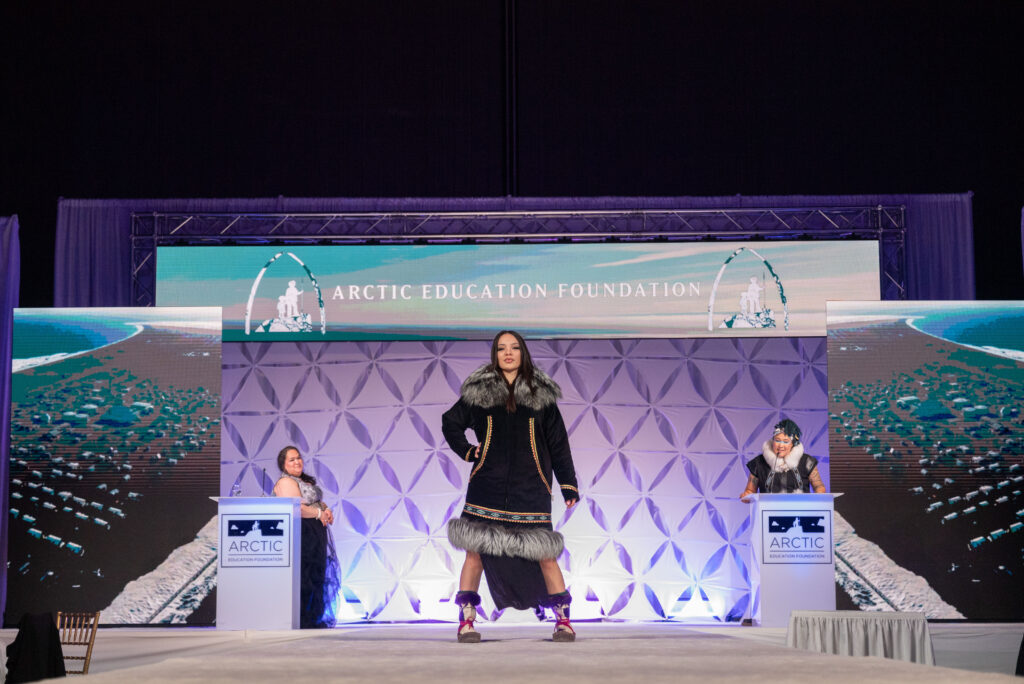
What is the importance of creating local Indigenous fashion shows?
It is so important to create local Indigenous Fashion Shows because there is talent that goes unforeseen, especially for those who live in rural communities in Alaska. Social media is their main outlet and it’s amazing to showcase their body of work in person to help create more opportunities, experience for growth, and the ability to network throughout Alaska and the world.
How do you approach the incorporation of Indigenous culture into your clothing collections?
I have been blessed to be able to barter with family and friends in exchange for a variety of Native materials. When I was little I always wanted to wear really big earrings, however, the only big earrings that were available were beaded. I started working with furs, ivory, baleen, porcupine quills, sealskin, and more to create a vision to stand out and feel like a beautiful Indigenous person. I try to make each pair different and one-of-a-kind. I have since expanded to clothing and look forward to working with other designers to collaborate on bigger visions for our regalia and traditional clothing.
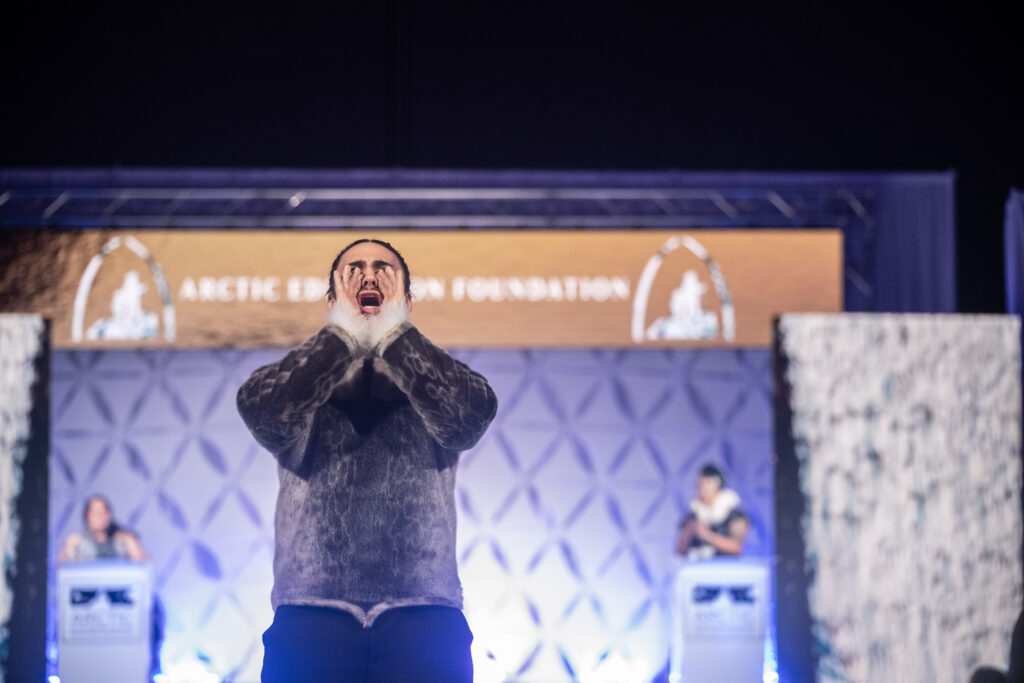
Can you share with us a specific garment or collection that holds significant cultural or personal meaning to you, and what inspired its creation?
I have a qupak (geometric trim) belt that I created out of calfskin, normally seen on fancy parkas and mukluks. It was nice to be able to wear it to represent my family and stand out with the black and white pattern. This belt was a short-term goal of becoming an all-around seamstress to start creating garments both contemporary and traditional that can be worn throughout gala events, weddings, and more.
Indigenous fashion has been gaining recognition and visibility in recent years. How do you see your role as a designer contributing to the broader representation of Indigenous fashion in the industry?
I see the Fashion Industry recognizing the talent of our Indigenous people’s hard work in our handmade items. The beauty of harvesting and preparing year-round by our local hunters, gatherers, and seamstresses will be recognized alongside the beauty of having a relationship with Nature and the animals we pay our respects to. The animals we hunt for subsistence foods will be viewed in a new light to share with the world that we are a very resourceful people; we do not waste any parts of the animal and we showcase our spirituality when we pay our respects to them as they give themselves to us.
